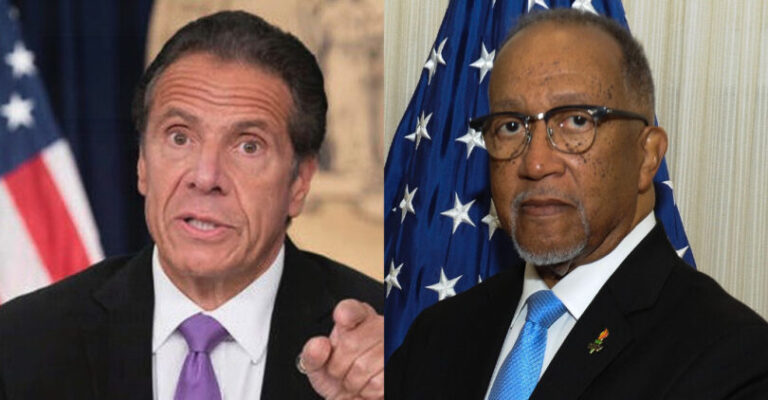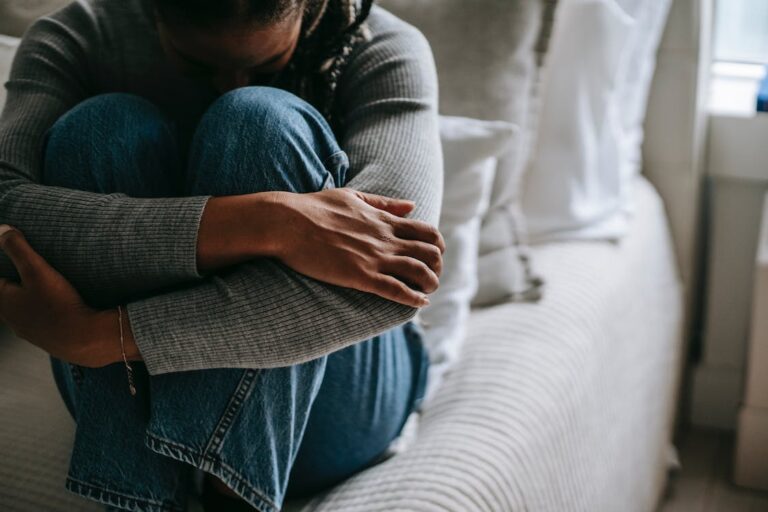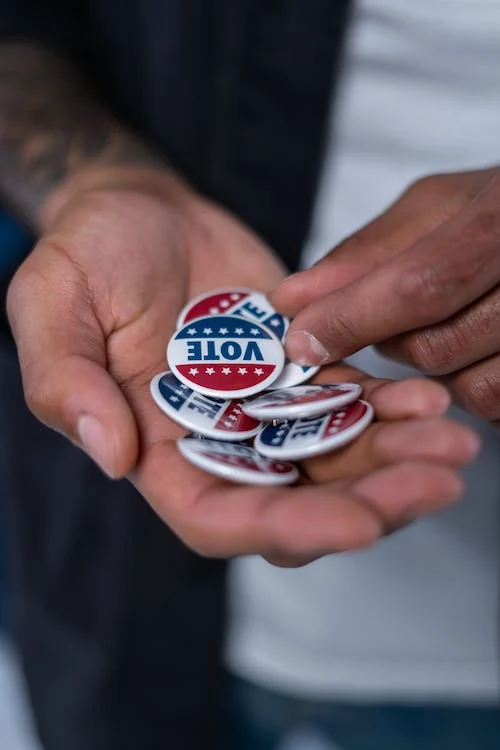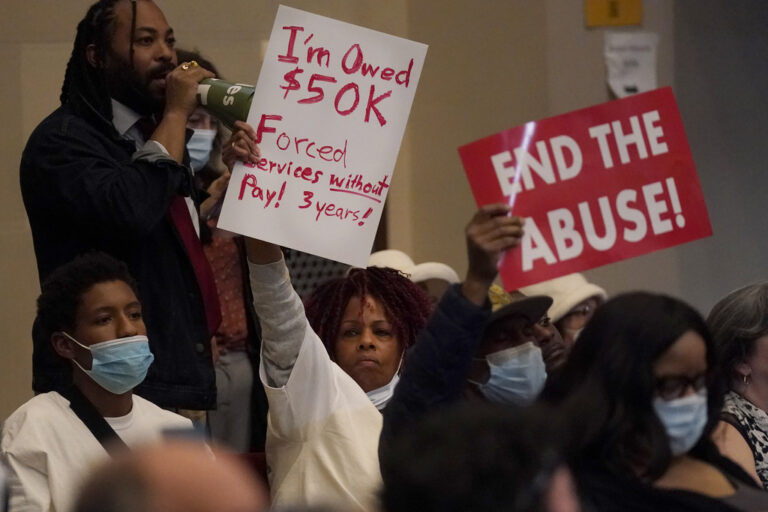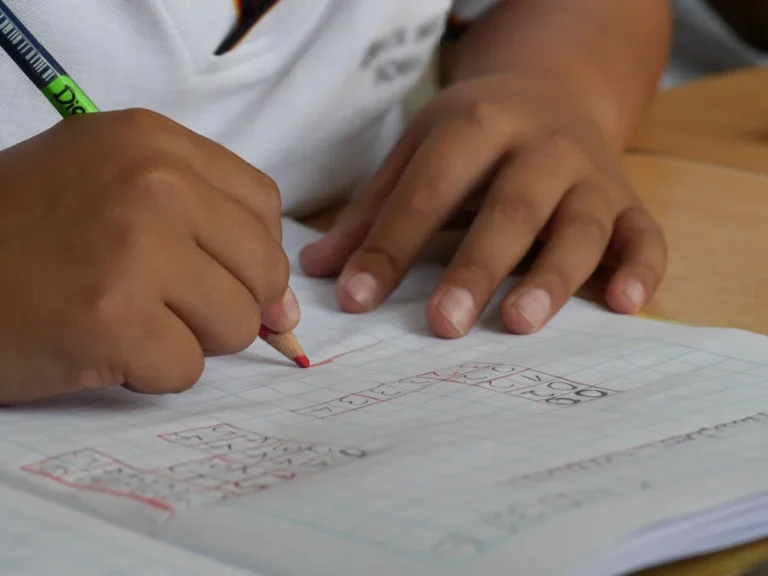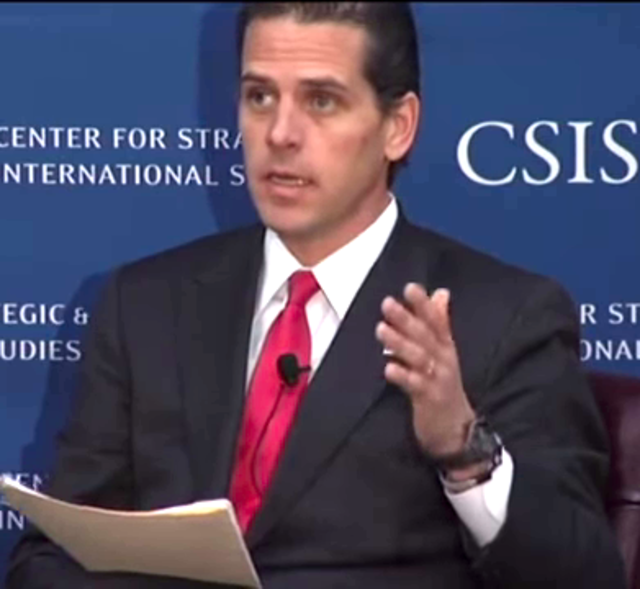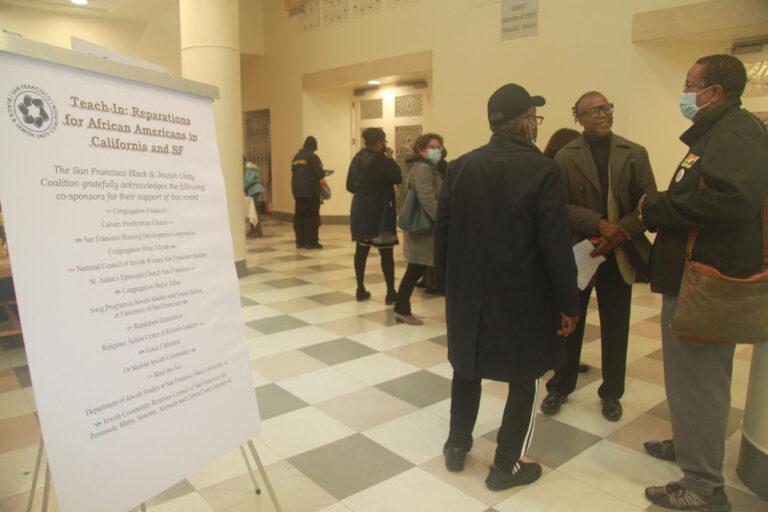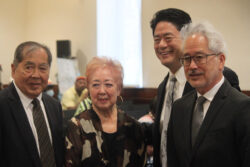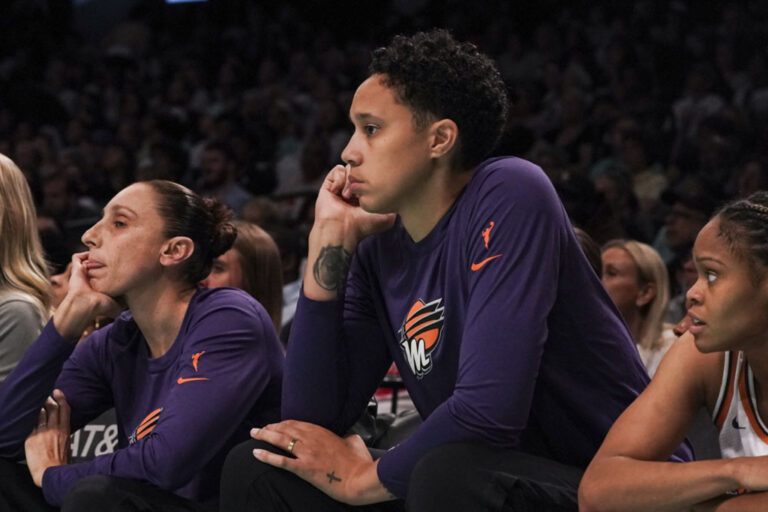By Andrew M. Cuomo and Dr. Benjamin F. Chavis, Jr., NNPA
America 2023: tumultuous times. Yes. Yet, amidst the greatest domestic challenges of American history, our nation has attempted to respond to the challenges through transformative public policy initiatives that have moved America toward a more perfect inclusive union.
Today there are new challenges to be sure, but also there are ongoing battles that have yet to be won. There are civil rights struggles and conditions that harken back to the 1960s that still abuse people of color every day, that still deny justice, equality and opportunity for all.
There’s an old saying: The first step to solving a problem is admitting it — and the first step can be painful.
There is still gross inequity in our education system, between rich school districts and poor districts. There is still inequality in access to healthcare, employment, to financial credit and there is a basic violation of civil and human rights in our criminal justice system.
Misguided pseudo-progressive policies such as “defund the police” and soft on crime procedures are literally contributing to the killing of hundreds of Black people and other people of color every day across America.
The truth is, crime is out of control in this country, especially in too many of our cities. While many choose to turn a blind eye, it is people of color who are the majority of the victims: People of color account for 73 percent of rape victims; 72 percent of robbery victims; and 80 percent of felony assault victims; and 68.7 percent of the people in prison are Black and brown and 44% percent of the people killed by police in the United States are Black and brown.
We do need police reform and reform of the entire justice system.
- One: we need to change the culture and premise of policing. Our basic police system was designed in the mid-1800s — a different time and place. Today, it’s estimated that less than 10% of police officers’ time is actually fighting violent crime. We need a different vision, we need to rethink how we police — 911 calls signal an emergency, and we need more specialized and better trained emergency responders for different needs: domestic violence, substance abuse, mental health, homeless issues, gang problems as well as violent crime in progress.
- Second: We need dangerous guns off the streets and all guns away from dangerous and mentally ill people. By far, most gun crimes are committed in urban areas with handguns.
We need to reduce not increase concealed weapons in our cities.
We need to keep guns out of the hands of anyone under 21.
We need to fill gaps in the background check system so it’s universal and nationwide.
And we need to bring back the assault weapons ban because weapons of war have no place on our streets or in our communities. Assault weapons enable the horrific mass shootings that continue to plague our country.
- Third: We need to reduce recidivism. The vast majority of violent crimes are repeated by a small number of people who keep hurting others over and over.
- Fourth: We need to have more effective alternatives to incarceration, safer jails, but dangerous and repetitive violent people must be taken off the streets to protect all Americans, and in particular for the most vulnerable who are disproportionately victimized by violence and crime in Black and brown communities.
- Fifth: We have to stop over criminalizing petty, non-violent acts. 80 percent of crimes are for misdemeanors, and many are petty non-violent acts. And some charges are deliberately vague and are subject to discretion that can be abused by police, like loitering, vagrancy, trespass, or failure to pay a fine. In fact, some of the most horrific examples of police abuse occurred when a minor crime arrest escalated: Eric Garner killed for selling loose cigarettes; Rodney King beaten within an inch of his life for speeding; George Floyd killed for a bad $20 bill; Alton Sterling killed for selling CDs; Philando Castile killed for a broken taillight; and, Michael Brown killed for jaywalking.
We believe that the time to act is now. These specific categories of civil rights have been violated for too long and the time to make a difference is surely too short. As a nation we cannot afford to remain silent about extremists’ hatred, violence, crime, and the fear-filled deterioration of American cities and towns.
This is for us a sense of urgency and civic responsibility. We have decided to work and act together, and to speak out publicly with recommended commonsense solutions to crime, violence, guns, and police reform that we know the majority of the American people support.
Andrew M. Cuomo, American lawyer who served as the 56th Governor of New York from 2011 to 2021, Chair of the National Governors Association, U.S. Secretary of Housing and Urban Development, and former Attorney General of New York.
Dr. Benjamin F. Chavis, Jr, President and CEO of the National Newspaper Publishers Association (NNPA), Executive Producer/Host of The Chavis Chronicles on PBS TV stations across the nation; former Executive Director and CEO of the NAACP, and today serves as a National Co-Chair of No Labels.

